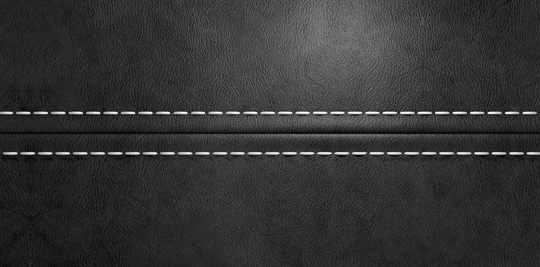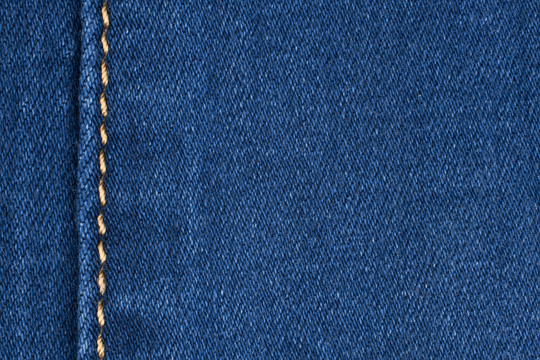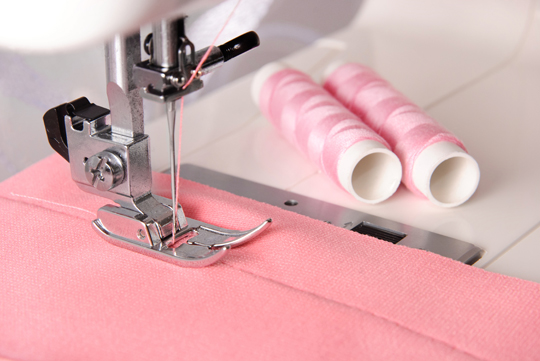So you want to make a wallet, holster, small purse, or something else out of leather. Good for you! Leather is a durable, natural material that craftspeople love. The smell, the texture; everything about leather is awesome.
But, it can be tricky to work with if you don’t have the proper tools or contemporary know-how. So what are the best stitches for leather? Let’s take a look.
Tools You’ll Need To Make the best Stitches For Leather:
– At least two large darning needles — you’ll be stitching from both ends
– A good awl designed for leather hole-punching
– Beeswax — natural and undyed
– Waxed thread or simulated sinew
– Pliers, hemostats, or a strong alligator clip
– Some older, damaged leather items to practice on
– The leather for your project
The Saddle Stitch
One of the most popular and best stitches for leather is the saddle stitch. This involves several steps and will produce the strongest, longest lasting bond for leather items.
1. Begin by cutting your leather pieces to size, leaving room for the seams. This part of the project is the most similar to sewing fabric.
2. Once everything is properly cut, you’ll want a way to hold the leather pieces together without crimping, poking random holes, or otherwise damaging the leather. Try something like a spring-loaded clothespin or a binder clip to hold pieces together firmly. Now, it’s time to poke some holes.
3. When using an awl, it’s vital that the leather pieces be lined up perfectly and completely still for this. The holes should be evenly spaced and punched in at a slight angle. The awl step might not be necessary for thinner pieces of leather. Alternatively, some leather workers skip the awl, even for thicker pieces, and use pliers to pull the needles through.
4. To create the best stitches for leather, you’ll want to cut your string about two-and-a-half times the length of the seam you’re stitching. It’s always better to use too much than not enough. Tie one needle to each side. As you stitch, you’ll use the needles to sew from both sides at the same time.
5. This is a simple up and down stitch to close the seam, pulling each needle firmly (without stretching the thread) after each stitch.
6. When you reach the end of the seam, double back a few stitches to prevent unraveling.
7. Some craftspeople will reinforce their saddle stitches with a whip stitch. You can use the same holes with this stitch and only one needle. The whip stitch goes around the seam end so you get a stitch that looks a bit like the spiral in a notebook.
8. Some craftspeople also suggest using an iron to seal the stitches. Instead, you might consider placing your new leather item between two boards weighted with books, canned food, or something else heavy.
Contact A Tailor
Tailors are experts at this type of stuff. Looking for a local one? Use TalkLocal for the job! Our service will find the right professional for you, for free.







